Rubber Foam Board: Thermal Stability Across Temperature Extremes
2025-10-26 20:39:51
Temperature extremes are a constant challenge in modern construction, industrial systems, and energy-efficient design. Among available insulation materials, Rubber Foam Board stands out for its exceptional ability to maintain stable performance in both freezing and high-temperature environments.
Produced by advanced China manufacturers, Rubber Foam Board offers reliable insulation, flexibility, and moisture resistance. Its durability and consistent thermal stability make it a preferred choice for engineers, contractors, and system designers seeking bulk insulation solutions from trusted Chinese suppliers.
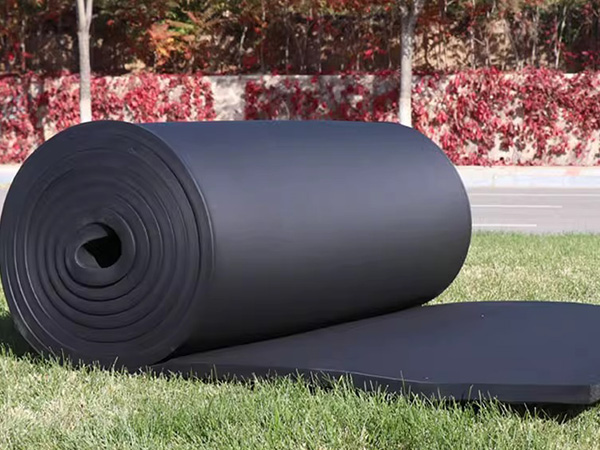
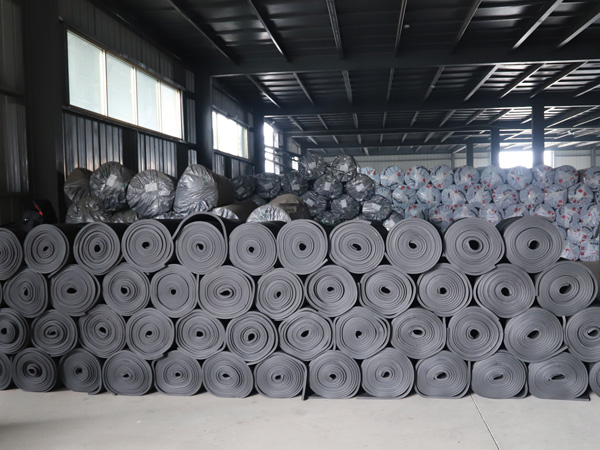
1. Understanding Rubber Foam Board Composition
Rubber Foam Board is made from a closed-cell elastomeric structure, typically derived from nitrile butadiene rubber (NBR) or ethylene propylene diene monomer (EPDM). This unique composition provides excellent insulation while preventing moisture infiltration.
The microcellular structure contains countless sealed air pockets, effectively minimizing heat transfer. As a result, the material performs well across a temperature range from approximately -50°C to +120°C, and certain specialized grades can withstand even higher temperatures.
This combination of low thermal conductivity, flexibility, and resistance to water vapor makes Rubber Foam Board ideal for HVAC systems, refrigeration equipment, and industrial piping.
2. Why Rubber Foam Board Excels in Thermal Stability
The outstanding thermal stability of Rubber Foam Board results from a combination of its structure and chemical composition.
First, the closed-cell system prevents heat from escaping or entering quickly, maintaining a steady internal temperature. The rubber matrix is flexible enough to handle thermal expansion and contraction cycles without cracking or shrinking.
Second, manufacturers add anti-aging stabilizers and UV-resistant additives to preserve its elasticity and color when exposed to sunlight or fluctuating environmental conditions.
Finally, its low shrinkage rate means the insulation remains intact over long periods, even after multiple heating and cooling cycles — something many other insulation materials struggle to achieve.
3. Applications in Temperature-Sensitive Environments
Rubber Foam Board is widely used across multiple industries where temperature control and energy efficiency are essential.
In HVAC systems, it minimizes heat loss and condensation along ducting and air-handling systems, ensuring uniform airflow and improved energy performance.
In cold storage and refrigeration, it prevents moisture accumulation and frost formation, preserving energy efficiency while maintaining the proper storage temperature for perishable goods.
In industrial and chemical pipelines, Rubber Foam Board provides insulation against heat transfer, reducing condensation and protecting against corrosion.
For marine and offshore facilities, it resists saltwater, vibration, and wide temperature swings—ideal for ship systems and offshore platforms.
When sourced from experienced China factory suppliers capable of bulk manufacturing, the result is consistent quality, reliable delivery, and a cost-effective insulation solution trusted by global buyers.
4. Comparison with Other Insulation Materials
While materials such as phenolic boards, polyurethane foam, and mineral wool have their own benefits, Rubber Foam Board provides a balanced combination of flexibility, water resistance, and long-term performance.
Phenolic foam offers slightly lower thermal conductivity, but it is more rigid and less resistant to vibration. Polyurethane foam performs well initially but tends to degrade faster when exposed to moisture or temperature cycles. Mineral wool can handle higher heat but lacks flexibility and requires additional protection from moisture.
By contrast, Rubber Foam Board maintains steady insulation under diverse temperature and humidity conditions, making it an excellent all-round performer for most practical applications.
5. Factors Influencing Long-Term Insulation Efficiency
Several factors determine how well Rubber Foam Board performs over its service life:
·Foam Density: Higher-density materials retain thermal stability better and resist physical compression.
·Protective Coatings: Surface laminations, such as aluminum foil, can reflect radiant heat and improve UV resistance.
·Installation Quality: Proper adhesive use and careful sealing prevent air gaps, ensuring continuous insulation.
·Environmental Conditions: Indoor installations typically experience slower aging compared to outdoor exposure.
Reputable China manufacturers conduct strict quality testing—including thermal conductivity measurement, density inspection, and aging simulations—to ensure stable performance and compliance with international standards.
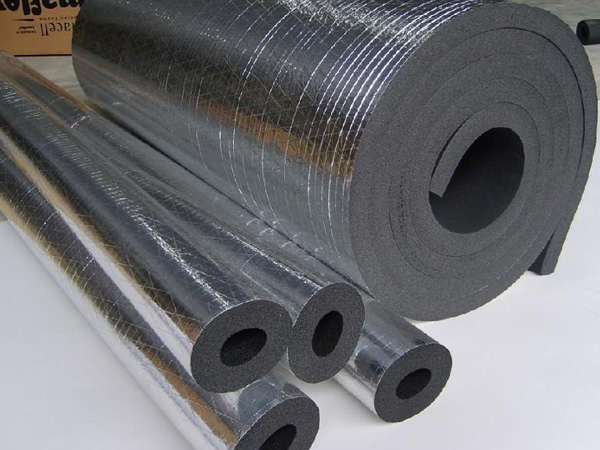
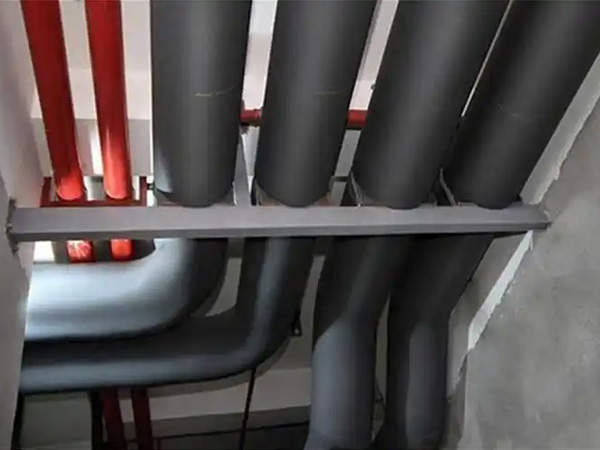
6. Sustainable and Eco-Friendly Production
Modern insulation technology emphasizes not only efficiency but also sustainability.
Today, leading China insulation suppliers use environmentally conscious manufacturing practices to produce Rubber Foam Boards that meet global green standards.
The production process now avoids CFCs and HCFCs, replacing them with eco-friendly blowing agents. Many facilities use low-VOC formulations to improve indoor air quality and recycle manufacturing waste to reduce environmental impact.
Additionally, some manufacturers integrate renewable energy sources into production lines, lowering overall carbon emissions while maintaining consistent material quality.
These efforts ensure that Rubber Foam Board not only provides energy-saving insulation but also supports environmental responsibility throughout its lifecycle.
7. Choosing Reliable China Factory Suppliers
Selecting the right supplier is critical for maintaining quality and cost efficiency, especially for large-scale or export-oriented projects.
Reliable China factory manufacturers offer full production transparency, international certifications (such as ISO and CE), and flexible bulk supply options. Direct factory sourcing eliminates unnecessary intermediaries, guaranteeing stable pricing and uniform quality across shipments.
Buyers should also consider the supplier’s technical support, packaging solutions, and shipping efficiency, which together ensure smoother installation and long-term satisfaction.
Conclusion
From freezing storage rooms to high-temperature industrial pipelines, Rubber Foam Board demonstrates superior thermal stability and moisture resistance across all conditions.
Its flexibility, closed-cell structure, and consistent performance make it a go-to insulation material for HVAC, refrigeration, and industrial systems. Backed by China factory suppliers with large-scale bulk production capacity, Rubber Foam Board represents a dependable, energy-efficient, and eco-friendly insulation choice for modern engineering and construction projects.
By choosing high-quality Rubber Foam Boards from trusted Chinese sources, professionals can achieve both performance and sustainability—ensuring reliable insulation that stands the test of time.
References
GB/T 7714:Rostami-Tapeh-Esmaeil E, Rodrigue D. Morphological, mechanical and thermal properties of rubber foams: a review based on recent investigations[J]. Materials, 2023, 16(5): 1934.
MLA:Rostami-Tapeh-Esmaeil, Ehsan, and Denis Rodrigue. "Morphological, mechanical and thermal properties of rubber foams: a review based on recent investigations." Materials 16.5 (2023): 1934.
APA:Rostami-Tapeh-Esmaeil, E., & Rodrigue, D. (2023). Morphological, mechanical and thermal properties of rubber foams: a review based on recent investigations. Materials, 16(5), 1934.
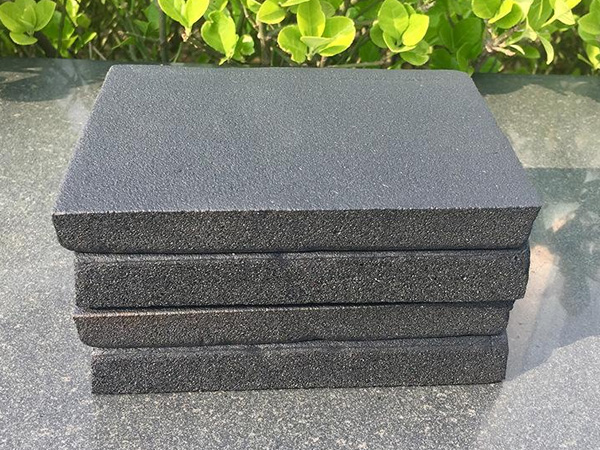
OurFlame Retardant Rubber Foamis a premium closed-cell elastomeric insulation material engi...

OurRubber Pipe Insulationis a high-performance solution designed specifically for HVAC pipi...
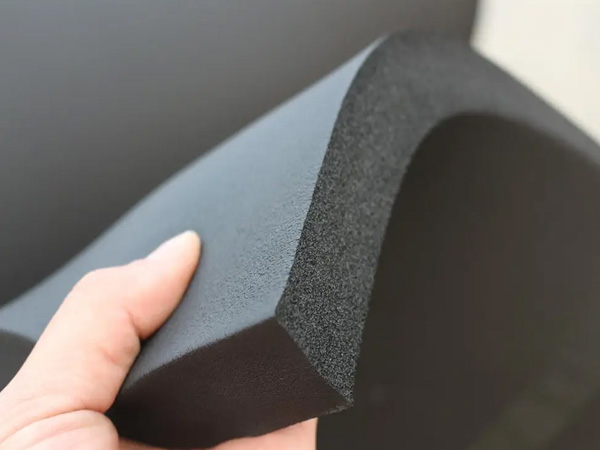
Rubber Foam Insulation Sheet – Product Introduction Premium Flexible Insulation for Therm...

Specially engineered for refrigeration applications, ourElastomeric Rubber Insulationprovid...



